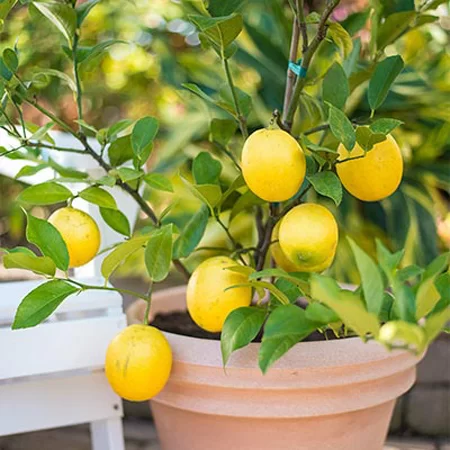Nestled between the towering peaks of the Rocky Mountains and the arid expanses of the Great Basin, Utah’s diverse planting zones offer a captivating tapestry of colors, textures, and adaptations in the world of flora. From the high-altitude alpine meadows to the desert landscapes, this state showcases an array of plant life that has evolved to thrive in its unique climatic conditions. Utah’s planting zones are a reflection of the state’s varied geography and climate. Ranging from USDA Hardiness Zones 4 to 9, the state encompasses a wide spectrum of environmental conditions that shape the plants’ characteristics and growth patterns. This rich diversity is best exemplified by the native plant species that have found ingenious ways to adapt to their surroundings. In the alpine regions of Utah, above 8,000 feet in elevation, hardy plants such as alpine forget-me-nots Eritrichium nanum and mountain columbines Aquilegia coerulea dot landscape with bursts of vibrant blue and purple.
The planting zones utah exhibit compact growth forms, deep roots to secure them against the wind, and the ability to flower quickly once the snow recedes. Descending into the montane and foothill zones, the scenery changes dramatically. Ponderosa pine forests dominate these areas, interspersed with quaking aspens Populus tremuloides. These forests are not only visually striking but also ecologically important, providing habitats for diverse wildlife and serving as watershed areas for local communities. The ponderosa pines are well adapted to periodic wildfires, with thick bark and serotinous cones that release seeds after a fire event. Moving further down the elevation gradient, Utah’s high desert landscapes come into view. Iconic plants like the sagebrush Artemisia tridentata and Utah juniper Juniperus osteosperma dominate these arid expanses. These hardy species have evolved to withstand limited water availability, high temperatures, and nutrient-poor soils. The sagebrush, for instance, emits a distinctive aroma due to its volatile oils, which helps deter herbivores and contributes to the unique scent of the desert environment.
 Perhaps the most captivating aspect of Utah’s planting zones is the striking transition from desert to mountain within a relatively short distance. This transition is evident in canyons like Zion and Bryce, where the lush greenery of cottonwood trees Populus fremontii and red maples Acer rubrum gives way to the towering red rock formations that define the desert southwest. The human presence in Utah has also introduced a diverse array of non-native plants that have found a place within the state’s planting zones. Urban areas feature ornamental trees and shrubs like the Austrian pine Pinus nigra, which bring aesthetic appeal to parks and neighborhoods. However, the introduction of non-native species can also pose ecological challenges, as some of these plants can become invasive and disrupt native ecosystems. As Utah’s climate continues to experience changes due to global warming, the delicate balance of its planting zones may face new challenges. Rising temperatures, altered precipitation patterns, and increased frequency of extreme weather events could impact the distribution and survival of both native and non-native species. Conservation efforts and responsible gardening practices will be crucial in preserving the integrity of Utah’s unique plant communities.
Perhaps the most captivating aspect of Utah’s planting zones is the striking transition from desert to mountain within a relatively short distance. This transition is evident in canyons like Zion and Bryce, where the lush greenery of cottonwood trees Populus fremontii and red maples Acer rubrum gives way to the towering red rock formations that define the desert southwest. The human presence in Utah has also introduced a diverse array of non-native plants that have found a place within the state’s planting zones. Urban areas feature ornamental trees and shrubs like the Austrian pine Pinus nigra, which bring aesthetic appeal to parks and neighborhoods. However, the introduction of non-native species can also pose ecological challenges, as some of these plants can become invasive and disrupt native ecosystems. As Utah’s climate continues to experience changes due to global warming, the delicate balance of its planting zones may face new challenges. Rising temperatures, altered precipitation patterns, and increased frequency of extreme weather events could impact the distribution and survival of both native and non-native species. Conservation efforts and responsible gardening practices will be crucial in preserving the integrity of Utah’s unique plant communities.
